What is the Second Industrial Revolution? In what period did it happen? What are its features and causes? What are the inventions and scientific developments during the Second Industrial Revolution?
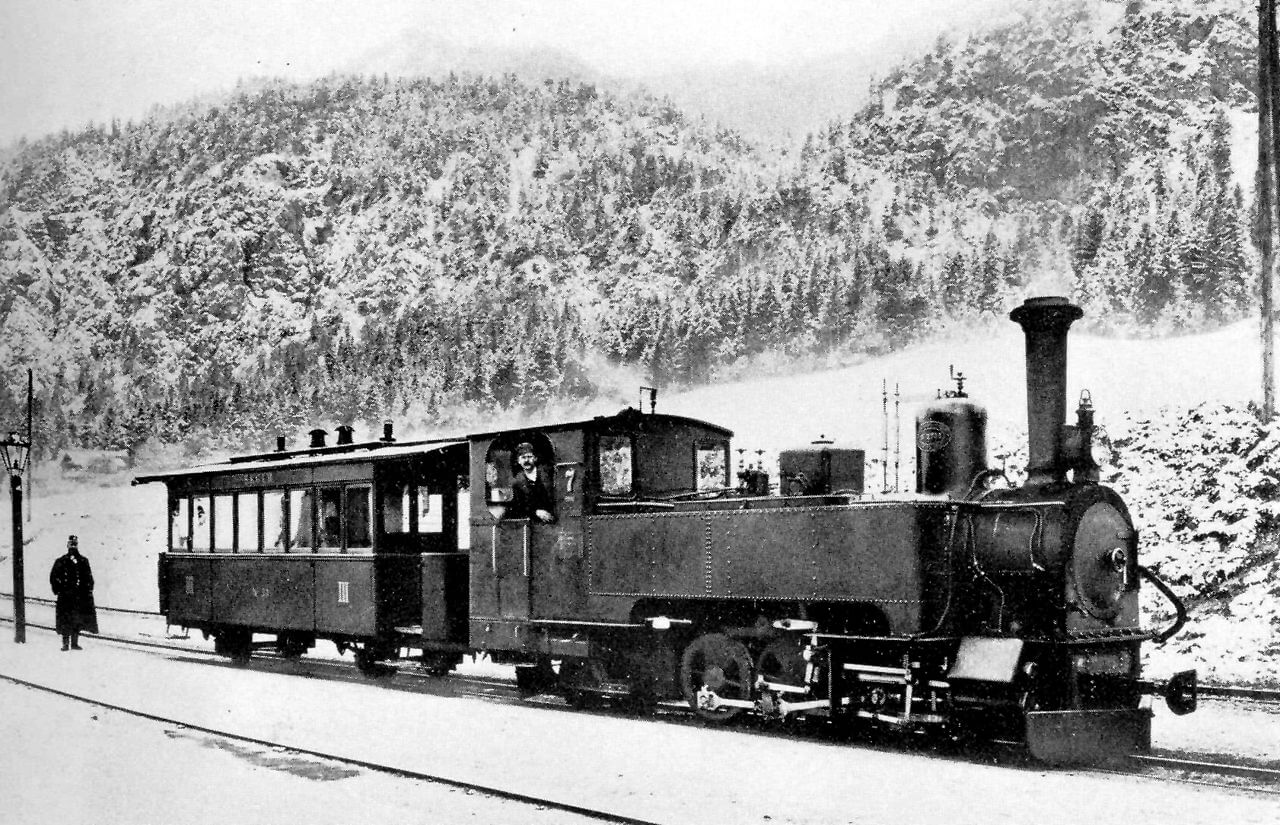
A German railway in 1895 (Source: wikipedia.org)
What was the Second Industrial Revolution?
The Second Industrial Revolution was a phase of profound social, political, and technological changes that went through various powers of the time, including Germany, France, Belgium, Russia, the United States, and Japan between 1850 and 1914. It takes its name from the fact that it creates a kind of continuation or second act of the Industrial Revolution that started in Great Britain in the middle of the 18th century.
As with the First Industrial Revolution, technological change played a central role in this new era of accelerating change. This time, however, they went hand in hand with a significant variation in the economic growth model, as the foundations for the internationalization of the economy, that is, an initial and very limited globalization, were laid.
This was due to the emergence and widespread use of new and more efficient modes of transport, such as the steamship or locomotive, that allowed goods and raw materials to be moved from one place to another in a short time.
The Second Industrial Revolution laid the foundation for the technological landscape of the 20th century. Scientific and technical changes and advances accelerated and diversified not only geographically but also for many other productive sectors and societies.
During this period and as capitalism passed into its most intense monopoly phase (as the great European empires competed with each other for industrial and economic dominance), new materials, new chemicals, and great inventions and machinery were invented or discovered.
In this way, the Second Industrial Revolution can be interpreted as the sharpest stage of changes and transformations in the complex historical process that is the Industrial Revolution.
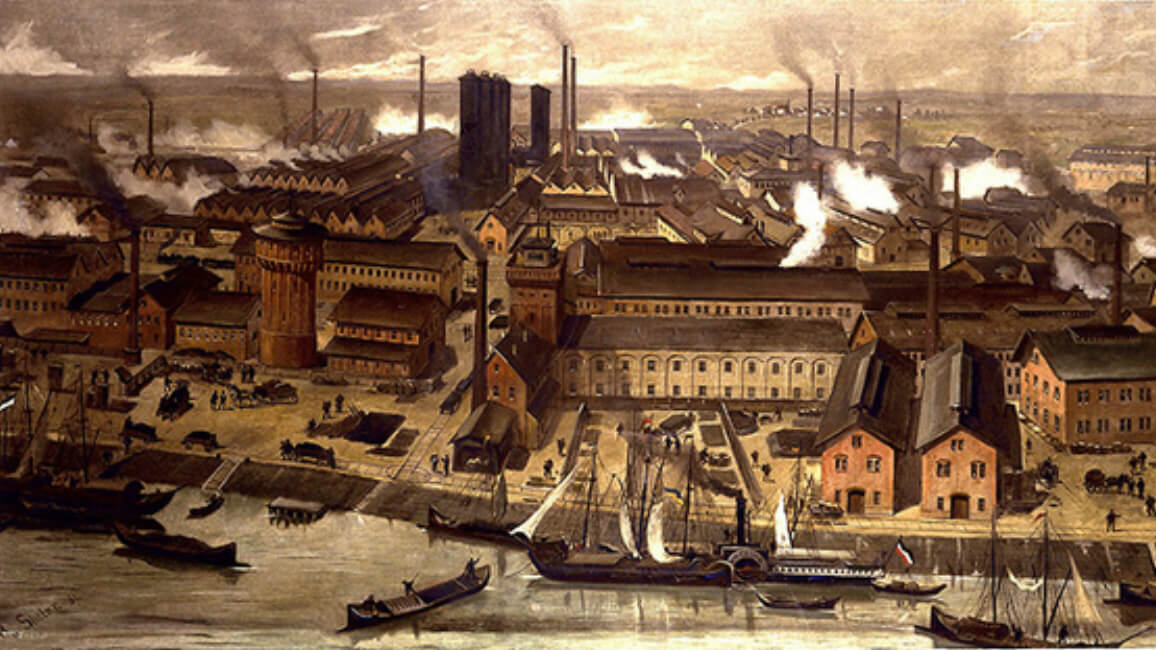
BASF – Chemical plants in Ludwigshafen, Germany, 1881 (Source: wikipedia.org)
What Are the Characteristics of the Second Industrial Revolution?
- Local markets expanded and internationalized due to the possibility of rapid transport of goods from one place to another. This took place within the framework of First Globalization.
- New materials (for example, new alloys), new chemicals, and new ways of obtaining energy were developed in a true era of invention and industrial creation, the changes of which were only comparable to the Scientific Revolution of the 17th century.
- Large corporation as a successful economic model, replacing the oligarchic ownership of the means of production existing in the First Industrial Revolution, and mass production as a business model was imposed because corporations allowed third-party participation through purchase.
- Moreover, with the business boom began the enormous application of scientific knowledge and research to the development of new industrial projects. Scientific knowledge became very profitable for the bourgeoisie.
- There were notable scientific advances that affected quality of life and Western culture, such as Darwin’s Theory of Evolution or the first steps towards modern medicine.
- Unemployment and social unrest increased with competition between Europe’s great imperial powers. Also added to this panorama are new industrial competitors such as the United States or Japan.
In addition, the Second Industrial Revolution brought about profound social, political and economic changes based on three main elements:
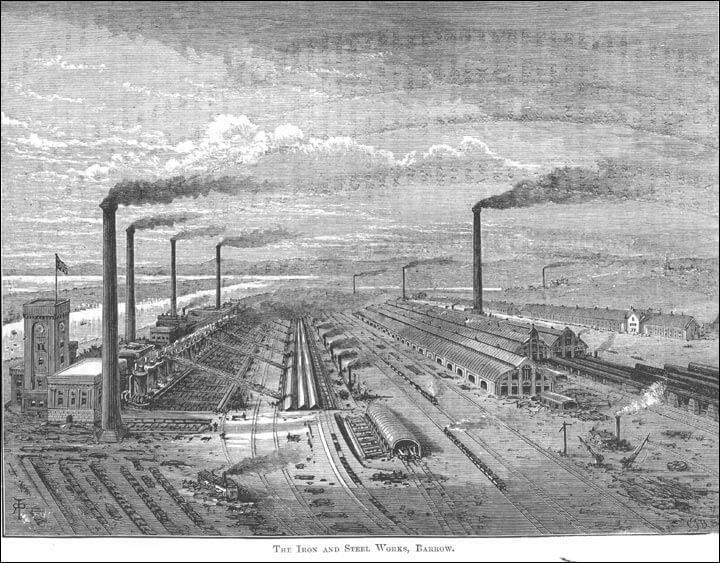
The world’s largest steelworks at the turn of the 20th century (Source: wikipedia.org)
- Mechanization . Machines were used to do work that was previously done by humans. This allowed some work to be done more quickly and efficiently, but caused unemployment and social unrest.
- Transportation . New methods were applied to transport raw materials and passengers over long distances, such as the railroad or the steamship.
- electrification . Intensive use of electricity was extended to construction machinery, light, and early telecommunications such as the telegraph.
Causes of the Second Industrial Revolution
To some extent, the Second Industrial Revolution was the logical next step after the first, as the success of machinery in the industrial field in England and the economic success it brought with it would soon be replicated and desired by other competing powers. . . . However, the reasons that led to this acceleration phase of changes include:
- Political triumph of liberalism and the bourgeoisie in the eighteenth century in the old European monarchies, which brought about new forms of economic union typical of democratic and non-absolutist systems.
- Mercantilist competition between European powers led to protectionist policies that sought to encourage the development of national industry and limited the import of foreign goods.
- The imperial expansion of the European powers in Asia and Africa allowed the accumulation of raw materials necessary for industrial growth.
- The professionalization of industries and the formation of the working class, making the industrial world the most important segment of modern economies.
- Population growth in Europe is the result of technical advances in agricultural production and the first advances in modern medicine.
Consequences of the Second Industrial Revolution
The Second Industrial Revolution brought the following results in the short, medium and long term:
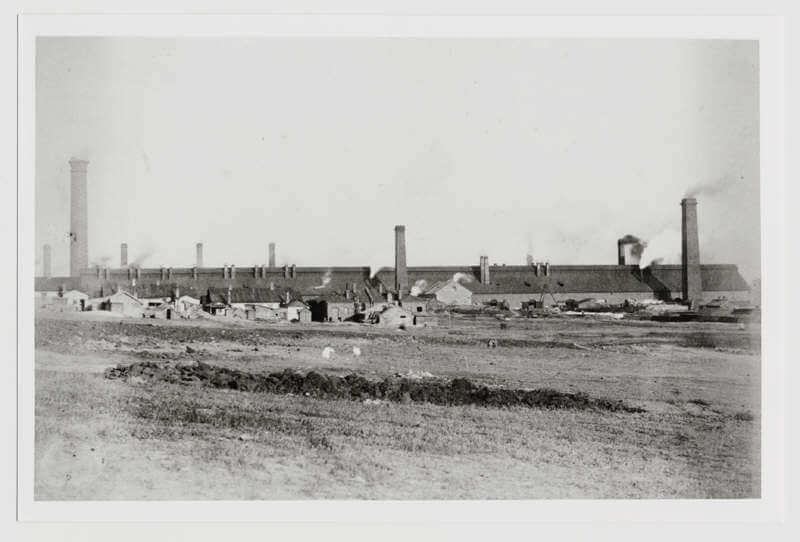
A railway rolling stock in Donetsk, 1887. (Source: wikipedia.org)
- The application of scientific knowledge and technical research to industrial development and mass productivity. This meant getting new materials, new industrial procedures and new economic models.
- The transportation revolution, thanks to the development of revolutionary inventions such as the steam engine and especially the railroad, which by 1870 had laid more than 100,000 kilometers of rail in Europe and more than 70,000 kilometers in the United States, making it the main means of terrestrial communication. In the world.
- The consolidation of capitalism as a world economic system goes hand in hand with First Globalization and the internationalization of markets, thanks to the rapid movement of raw materials and manufactured goods over great distances.
- Large corporations became political actors with influence and lobbying power within local governments, leading to economic protectionism and international competition among industrial imperial powers.
- For Britain, the rise of new industrial rivals, some in Europe such as Germany, France and the Netherlands, and others such as Japan and the United States, increased economic and geopolitical tensions in Europe that later led to the First World War.
- Increasing unemployment and social discontent among the working and working classes as they are displaced by machines and automated procedures. This also resulted in a mass relocation of European citizens to various countries in the Americas.
- Great scientific and cultural changes in Western society go hand in hand with new worldviews such as Charles Darwin’s theory of evolution and the origin of species.
- Huge urban growth took place in the main cities of the industrial powers.
The inventions and scientific advances of the Second Industrial Revolution
The Second Industrial Revolution was productive in discoveries, inventions, and new scientific and technical procedures. Among the most important:
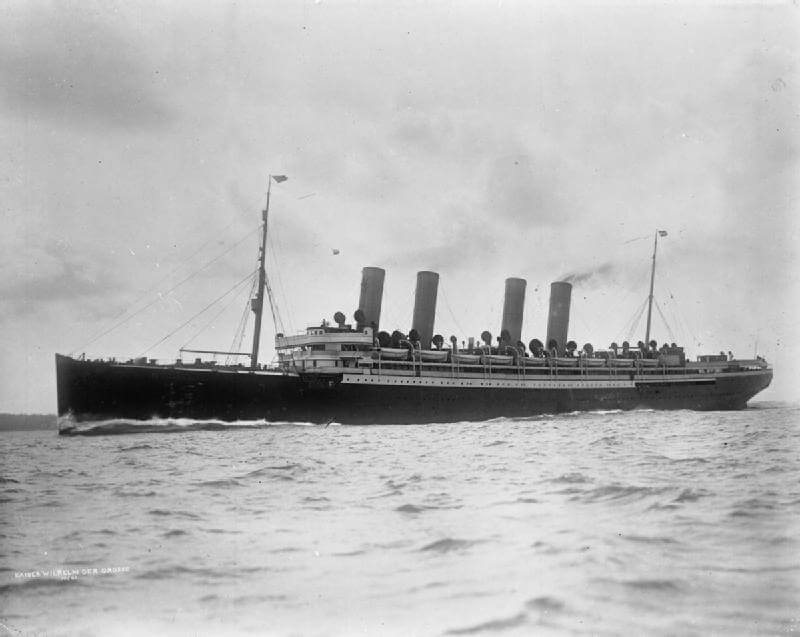
Source : wikipedia.org
- Extensive use of new metals such as steel (1856), zinc (1830), aluminum (1886), nickel (1860), manganese and chromium (1900) was discovered and/or emerged.
- The first artificial dyes were developed from benzol and charcoal, replacing almost all natural dyes.
- There was a huge explosive development to replace conventional gunpowder: nitroglycerin, nitrocellulose, and in 1866 Alfred Nobel invented dynamite, an explosive that revolutionized the military and mining fields.
- New and powerful fertilizers such as superphosphates and sodium nitrate were invented and used mostly in agriculture in Europe.
- Portland cement was invented (1840) and played a vital role in urban growth in the 19th century.
- The first steam -powered commercial vehicles were invented after the first steamship (“ Savannah ”) crossed the Atlantic in 1819. In 1850, the first “steam locomotives” exhibition was held in France.
- In 1864 , Louis Pasteur discovered pasteurization, which revolutionized the food industry and also showed that invisible microorganisms were responsible for the decomposition and contamination of food. At the same time, he showed that life did not arise spontaneously and that living things must come from other living things.
- In 1866, Jean Villemin demonstrated the transmission of tuberculosis from one person to another, and in 1882 the causative microbial agent was discovered.
- In 1867 the typewriter was invented and in 1876 the electric telephone was invented by Alexander Graham Bell and Elisha Gray. In 1878 , Thomas Alva Edison invented the first light bulb in history.
- In 1874 Émile Baudot patented the fast telegraph system and revolutionized telegraphy that had existed since 1836 (invented by Samuel Morse).
- The bicycle was invented in 1880, in 1885 Daimler and Benz made the first gasoline-powered vehicle, and in 1895 Peugeot circulated the first vehicle on rubber wheels, a material that Goodyear had succeeded in vulcanizing for the first time in 1839.
- In 1895 the Lumiere brothers created the first cinematographic device. That same year, Wilhelm Röntgen discovered X-rays and learned to use them for medical purposes.
- In 1897 , the Curie couple discovered the chemical element radium.
- At the beginning of the 19th century, rail and steamship networks around the world were expanding at their maximum multiples. Major trains connecting Europe to the Far East were also put into service during the same period: the Trans-Siberian and Eastern Express.
- In 1903 the Wright brothers made the first controlled flight, and in 1906 Alberto Santos Dumont imitated this feat.
Third Industrial Revolution
The Third Industrial Revolution, also called the Information Revolution, took place in the mid-20th century and was led by the United States, Europe, and Japan. It represented a leap forward in man’s ability to use knowledge and technology, separating him from the First and Second Industrial Revolutions.
Thus, this third phase of technological change was driven by automation at the hands of computers and computer systems, as well as ICT: Information and Communication Technologies. Among the major contemporary developments stand out the invention of the internet and the rise of satellite communications (a result of man’s entry into space), which were the main achievements and examples of the Third Industrial Revolution.